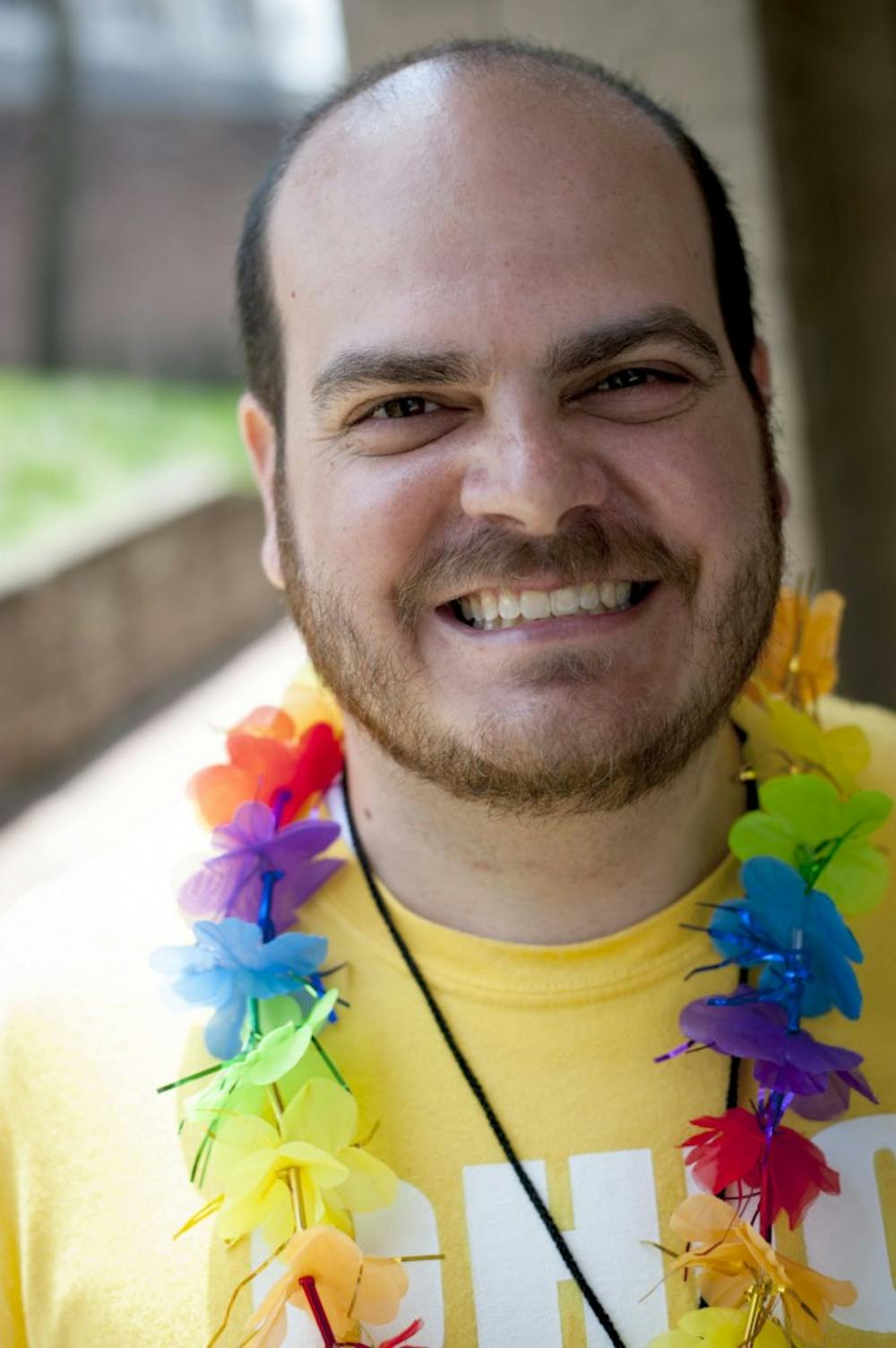The director of Ohio University’s LGBT Center talks about learning from last week’s column.
This column is an experiment in engaging people as well as an opportunity to raise awareness about the lives, experiences and needs of LGBT people. By no means do we claim to be the ultimate authority on “queerdom,” but rather a curiosity sparker inviting and challenging folks to explore the fascinating and complicated worlds of sexuality, gender, identity, expression and intersectionality. The responses to questions are not meant to be finite or definitive but a scratching the surface that sparks the interest to delve into identities, issues and intersections more deeply. The reality is that no one person has “the right” or perfect or “100 percent accurate” definition for anything, especially when it comes to sexuality and gender. All we can provide is a starting or launching off point for beginning to understand the complexities of human identity.
Last week our column looked at two questions: the problems with the Caitlyn Jenner Halloween costume and the differences between bisexual and pansexual.
On behalf of the LGBT center, I would like to apologize if we misrepresented in any way the bisexual and pansexual communities. I understand that our definition was limited and not a wholistic representation of the diversity within the bisexual, pansexual and middle sexuality communities. I realize that in our attempt to clarify some of the confusion between definitions, redefinitions and re-redefinitions, that we prompted more confusion.
Leading bisexual activist and scholar Robyn Ochs — who will be visiting campus Oct. 1 — gave us feedback on our column and shared this definition with the LGBT Center: “The most common definition of bisexual in the bi activist world is being attracted to people of more than one gender, with the ‘bi’ referencing attraction to people to the same (or similar) gender as oneself and to people whose gender is different from oneself … I call myself bisexual because I acknowledge the potential to be attracted — romantically and/or sexually — to people of more than one sex and/or gender, not necessarily at the same time, not necessarily in the same way and not necessarily to the same degree.”
{{tncms-asset app="editorial" id="bfb3ca20-54ca-11e5-a5af-2331d70dd809"}}
Ochs’ definition captures what we were hoping to reflect last week; to express our appreciation of Ochs, we wanted to share her insights in this week’s column as an alternative way of explaining bisexuality. We also encourage folks to visit organizations like BiNet USA, the Bisexual Organizing Project, the American Institute of Bisexuality and the Bisexual Resource Center to further understand the diversity and differences within the world of middle sexualities (also, come see Robyn on Oct. 1!).
The Twitter storm that ensued following our post was a good lesson in the limitations of definitions and at the same time was a powerful reminder of the infighting within our own LGBT communities. Many of the comments that were made accused the center of being biphobic, of using anti-LGBT slurs and of bi-erasure. I am mindful that we made and make mistakes and as much as we try, bloopers will happen and opportunities for growth are created. To publicly shame a group based on very limited information is problematic and yet it is a dynamic that plays out frequently within the activist world. We often go for the jugular without taking a moment to engage the whole story and consider the complexities of a situation. To those who offered us insight and resources to better reflect the complexities of bisexuality, pansexuality and middle sexuality, our queerful thanks; they have all been well-received and will be shared through the LGBT Center as part of our commitment to inclusive messiness. To those who shamed us, thank you for reminding us of the urgent need for allyship within our own queer community and how intergenerational infighting does no one within and outside our community any good. Also, thank you for teaching us to not automatically go on defensive rampages for blood without having actual examples or an understanding of wider context.
As a center, we do not claim to be perfect and welcome opportunities for our own transformational growth. We question and welcome questions — we hope to learn, unlearn and relearn through mutual conversations that challenge not, shame, as we all strive to better understand the full spectrum of contradicting dynamic realities within and beyond the world's sexuality and gender.
delfin bautista is the Director of the LGBT Center at Ohio University. Do you have a question relating to the LGBT community? Email them to lgbt@ohio.edu, email them to oulgbtcenter@gmail.com, tweet @oulgbtcenter with #qaqueer, or post on the center’s Facebook page, oulgbtcenter (you can also private message.)






